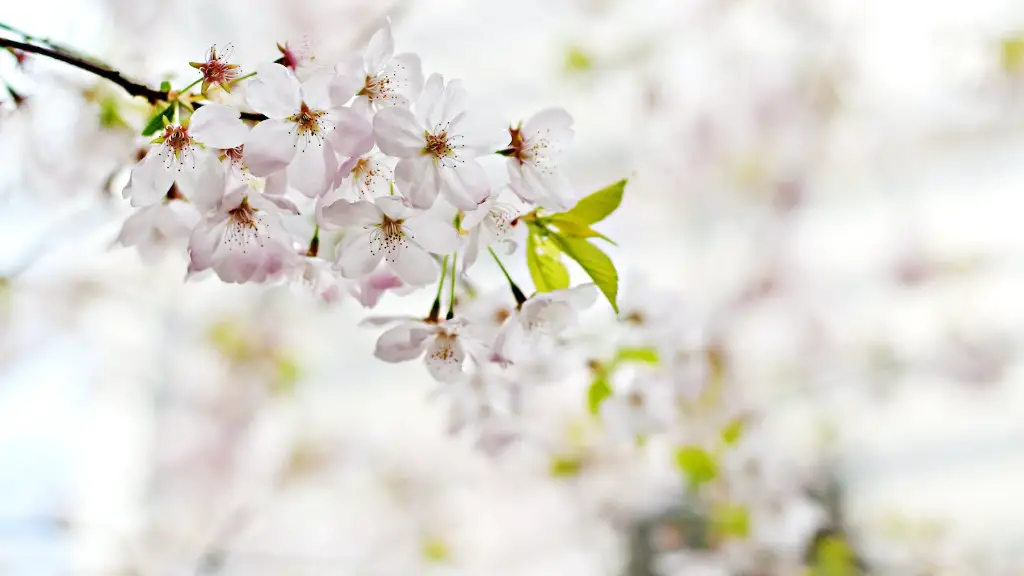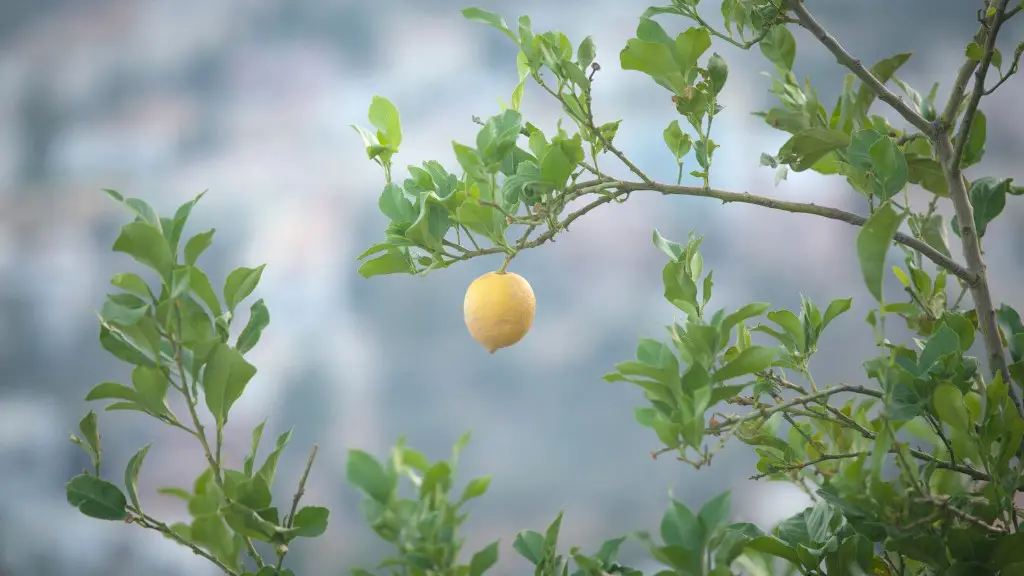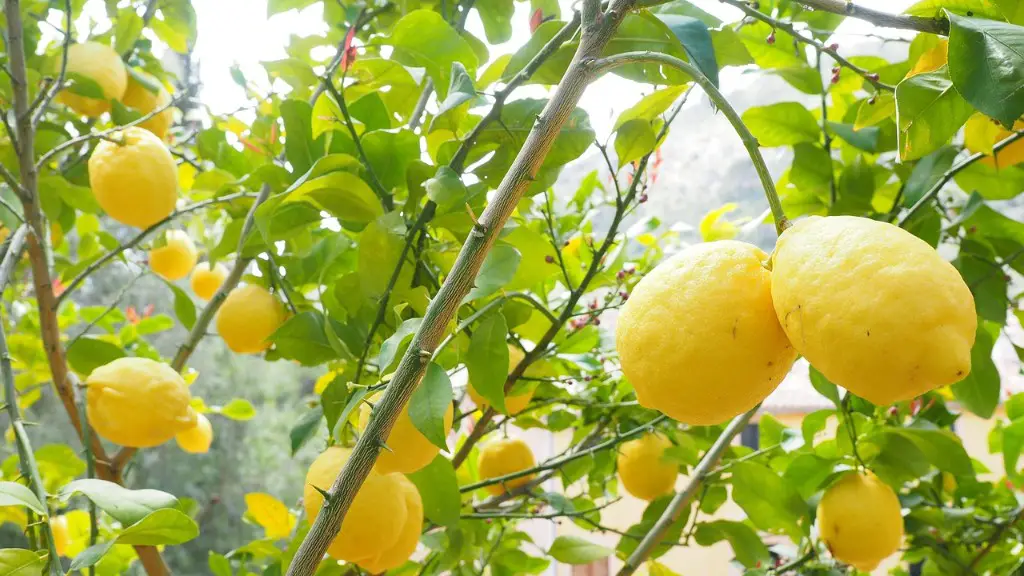Background Information
Flowering cherry trees are some of the most popular trees among gardeners. They produce beautiful and fragrant blooms that bring life to any landscape. The blossoms are usually white or pink and come in a variety of shapes and sizes. The trees are hardy and can survive in a variety of conditions. But what size do they actually grow?
Relevant Data
Flowering cherry trees typically grow between 10–25 feet (3–7.6 m) in height, depending on the variety. Some varieties grow taller, while others stay much smaller. Nanking cherry trees, for example, stay around 8–10 feet (2.4–3 m) tall. The width of the cherry tree can vary from 10–15 feet (3–4.5 m). The amount of growth for each tree will depend on the variety and soil conditions.
The flowering cherries can begin to blossom after as little as one year. Some styles will require a few years of growth before they will bloom fully. The blossoms usually come out at the same time each year, although there can be some variation. Japanes cherry trees are especially popular for their iconic pink blooms.
Perspectives from Experts
Experts suggest that cherry trees should be planted in an area with full sun and moist, well-draining soil. This will help ensure the tree grows to its maximum potential. Planting in an area that gets sunshine for around 9–12 hours per day is ideal, although it can do well in filtered sun as well.
The tree should be watered regularly, especially during dry periods. A nitrogen fertilizer or compost can be applied in early spring, although additional fertilizer can be given depending on the variety and age of the tree. Pruning and regular maintenance is necessary to make sure the tree keeps its shape and allows more sunlight to get to the interior of the tree.
Insights and Analysis
Flowering cherry trees can quickly become a focal point of any garden. While they aren’t tall enough to provide a significant amount of shade, they create a dramatic show of color and life that can be enjoyed by all. With the right care and maintenance, they should provide years of blossoms and beauty.
Cherry trees can also be a great addition to small yards. With varieties that stay small and manageable, they provide a great option for growing something that won’t take over the space. And because of their beautiful blooms, they will quickly become the focal point of any yard or garden.
Attracting Wildlife
Flowering cherry trees also attract a variety of wildlife. Birds, bees, and butterflies all love the nectar of the blooms and will come back season after season for their treat. This can help bring life to a garden and provide natural pollinators for other plants. Hummingbirds are especially fond of the flowers and can be seen enjoying them regularly.
Planting Flowering Cherry Trees
When planting a flowering cherry tree, it is important to choose the correct variety. Some types are more suited to certain conditions than others. Researching the specific conditions needed for each type can help ensure that it is planted in the right place and given the right amount of care.
Most cherry trees are planted in the ground, but they can also be grown in large containers. This can be an important factor for those who may be limited on outdoor space. Containers provide an opportunity to bring life to an outdoor area without taking up too much space.
Caring for a Flowering Cherry Tree
Caring for a flowering cherry tree is not difficult but does require proper maintenance. During the hot summer months, the tree should be watered regularly and can also benefit from a layer of mulch to help retain moisture. Pruning can be done as needed to help keep the tree healthy and in a more manageable size.
Insect and disease problems can arise, although they tend to be more of a nuisance than an actual problem. Most common issues can be dealt with using organic or natural insecticides or fungicides as needed. Regular inspections should help to spot problems before they become out of control.
Choosing a Variety
When planting a flowering cherry tree, it is important to choose the right variety for the location. Desirable attributes like color and size should be taken into consideration when deciding which tree to plant. Some varieties may need more specialized care, so it’s important to research each before planting it in the ground.
Choosing the variety for a specific yard or garden could also depend on climate or soil type. Some may do better in certain climates and soil conditions than others. Talking to a local nursery or expert in the field can help make sure the right choice is made.
Pruning and Trimming
Regular pruning and trimming are necessary to keep the flowering cherry tree in best shape. Topping, or removing the upper branches, and removing dead or diseased branches should be done when needed. This will ensure the tree’s shape is maintained and also helps to promote healthy growth.
Heavy pruning should be done in winter when the tree is dormant, but lighter pruning and shaping can be done in other seasons as needed. It’s important to remove only what is necessary in order to keep the tree healthy and encourage good growth.


